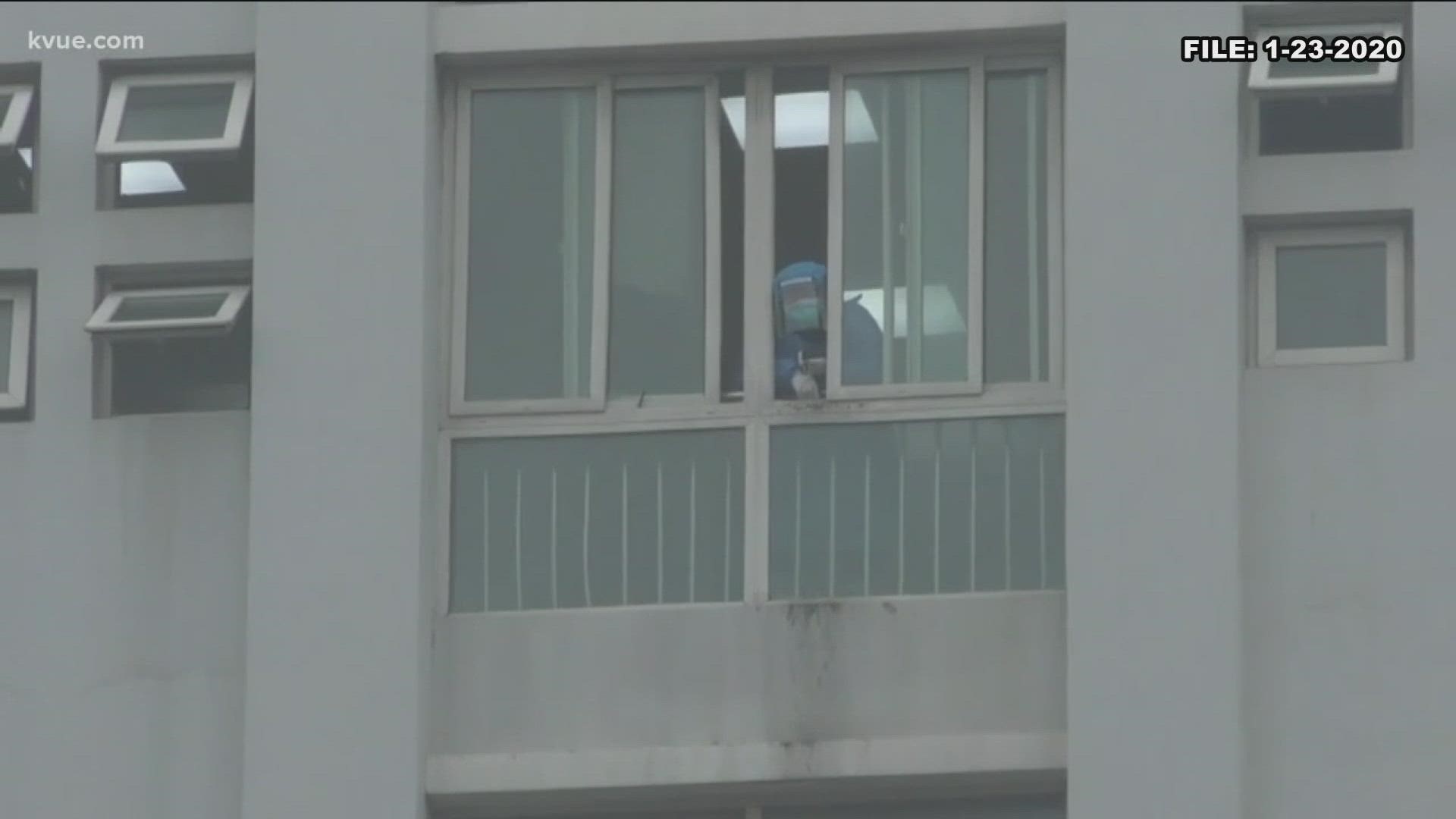AUSTIN, Texas — It's almost surreal to think that we've been living in a pandemic this long.
Two years ago, we heard of COVID-19 cases overseas, but there didn't seem to be too much concern in U.S. until the virus began spreading across the nation.
On Jan. 23, 2020, officials locked down Wuhan, China, to prevent the coronavirus in the city with 11 million people. That happened just days after the first confirmed case of COVID-19 in Washington state.
We would soon find out that it wasn't a matter of if, but when the virus would make it to Austin.
By March 13, Austin Public Health (APH) confirmed the first two presumptive positive cases. The same day, Gov. Greg Abbott declared a state of disaster for all counties in Texas.
Soon after, events were cancelled, there were lockdowns, businesses and churches shut down, schools closed and switched to virtual learning, and people began working from home. Cases spiked, leading to an increase in hospitalizations and deaths.
There was a sigh of relief for a while as cases, hospitalizations and deaths decreased. But as things began to get better, the delta variant arose just before vaccines became available.
RELATED:
Medical staff were among the first to get the vaccine in December 2020. Shortly after, the vaccine became available to everyone 12 years and older.
In 2021, a booster shot was approved, as well as Pfizer's pediatric vaccine for children ages 5 to 11.
In November 2021, the new omicron variant led to a recent increase in cases among those unvaccinated and vaccinated as well as hospitalizations that we're still seeing today.
COVID-19 has taken a toll on everyone and claimed the lives of more than 5.5 million people worldwide.
Click here for the CDC COVID-19 timeline.
PEOPLE ARE ALSO READING:

